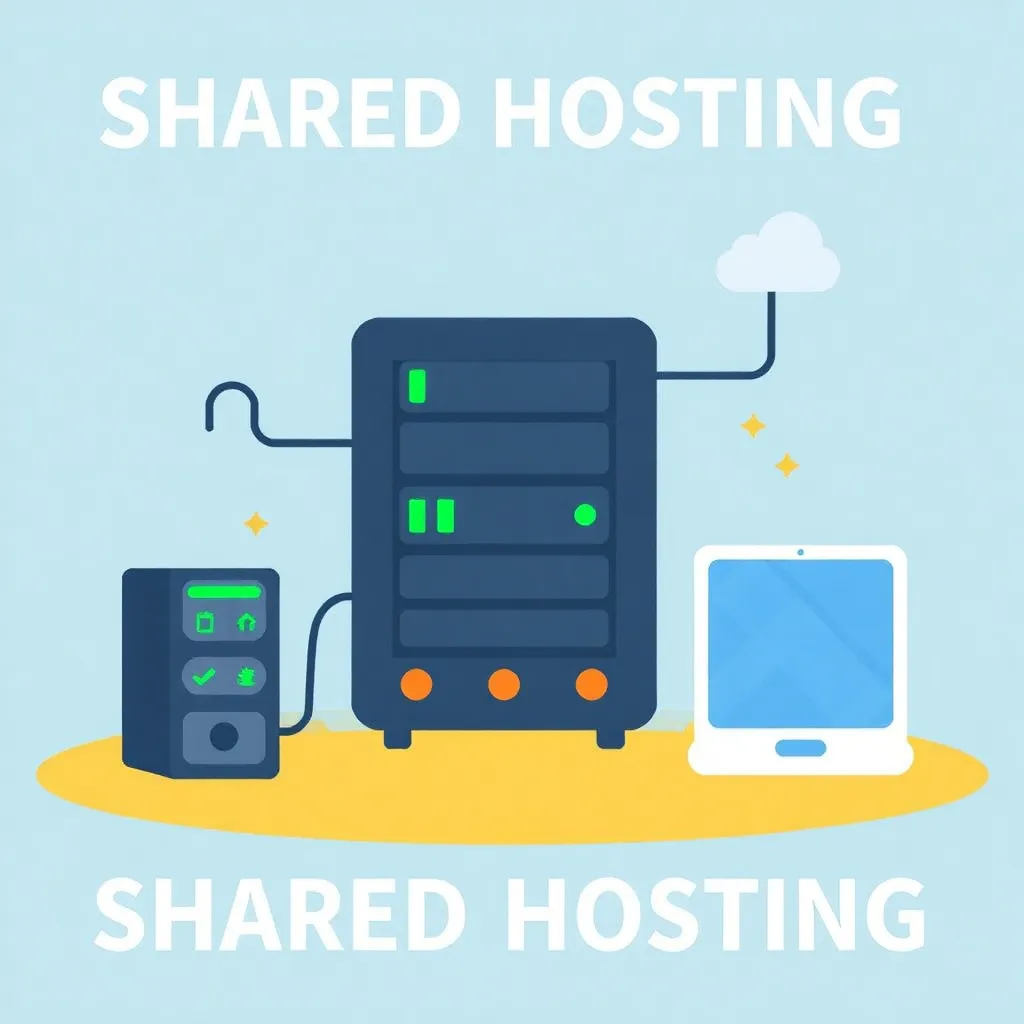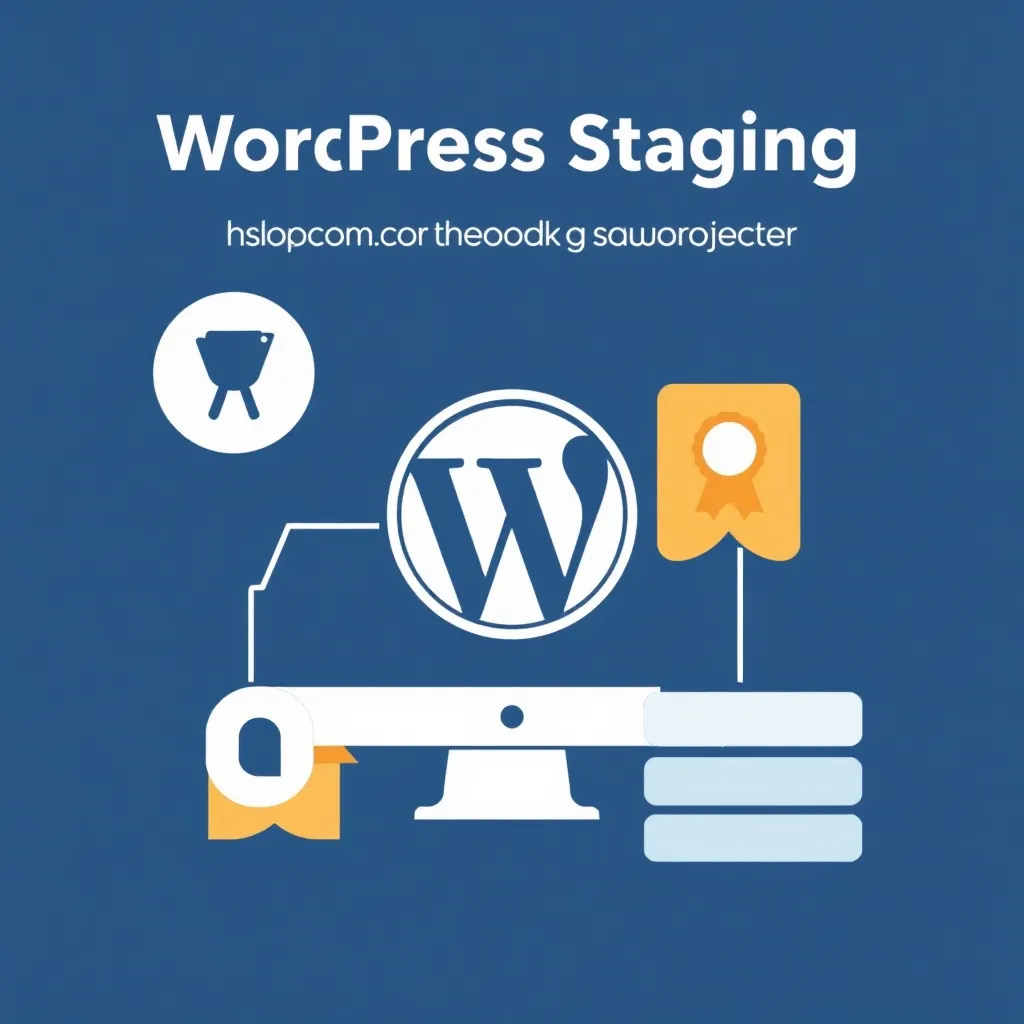Edge computing in web hosting: a revolution in data processing
Edge computing is revolutionizing the way web hosting services are delivered. This innovative technology brings data processing and storage closer to the end user, resulting in a variety of benefits. By decentralizing the server infrastructure, edge computing enables faster load times, lower latency and an improved user experience.
Reducing latency through edge computing
A key advantage of edge computing in web hosting is the significant reduction in latency. By processing data closer to the user, the distance that information has to travel is shortened. This leads to a noticeable improvement in website performance, especially for applications that require real-time interactions. For companies that rely on fast response times, such as e-commerce platforms or online gaming services, edge computing can represent a decisive competitive advantage.
In addition, the lower latency contributes to better user satisfaction. Visitors to a website experience shorter loading times and smoother interaction, which increases the length of stay and reduces the bounce rate. This is particularly important in industries where the user experience correlates directly with sales, such as online stores or digital media platforms.
Strategic implementation of edge computing in web hosting
The implementation of edge computing in web hosting requires careful planning and infrastructure customization. Hosting providers need to strategically place a network of edge servers to ensure optimal coverage. This often involves working with content delivery networks (CDNs) and utilizing Cloud hosting technologiesto create a flexible and scalable solution.
Another important aspect is choosing the right locations for the edge servers. These should be geographically distributed to ensure the highest possible coverage and minimum distance to end users. Hosting providers must also ensure that the infrastructure is scalable in order to keep pace with the growth in user data and increasing demand.
Increased fail-safety and reliability
Another significant advantage of edge computing is improved resilience and reliability. By distributing the processing load across multiple edge locations, the risk of a single point of failure is minimized. Even if one server fails, other nearby edge nodes can take over the load, resulting in higher availability and robustness of the overall system.
This decentralized structure ensures that in the event of hardware failures or network problems, only part of the system is affected while the rest continues to function smoothly. For companies, this means greater uptime and a more reliable service, which is particularly important for business-critical applications.
Improved user experience and SEO benefits
For web hosting customers, the introduction of edge computing means a number of benefits. Websites load faster, resulting in an improved user experience and potentially higher conversion rates. Search engines such as Google take loading speed into account when ranking websites, so edge computing also indirectly contributes to Search Engine Optimization (SEO) can contribute.
In addition, faster data processing enables seamless integration of interactive elements such as videos, animations and real time-based applications without negatively impacting the loading time of the website. A better user experience leads to longer visit times and a higher probability that visitors will convert to customers.
Adjustments for website operators
However, the implementation of edge computing in web hosting also requires adjustments on the part of website operators. Developers may need to restructure their applications to take full advantage of the edge architecture. This may involve using specific frameworks or adapting the code to enable efficient distribution of the processing load.
In addition, website operators should review and optimize their content strategies to ensure that content is efficiently synchronized between edge servers. This means that dynamic and static content must be optimally managed and delivered to ensure the best possible performance.
Security and data protection in edge computing
Data protection and security are important aspects when implementing edge computing. As data is processed and stored in multiple locations, robust security measures must be implemented to ensure the integrity and confidentiality of the information. This includes encryption techniques, secure authentication methods and regular security audits.
Hosting providers must also ensure that they comply with the applicable data protection regulations such as the GDPR. This requires careful management of data flows and the protection of sensitive information from unauthorized access. The implementation of security protocols and continuous monitoring are essential in order to detect and ward off potential threats at an early stage.
Data analysis and real-time processing
Edge computing also offers advantages in terms of data analysis and real-time processing. By processing data closer to the source, companies can react more quickly to trends and events. This is particularly valuable for applications that need to process large amounts of data, such as IoT devices or streaming services.
The ability to analyze data in real time enables companies to make proactive decisions and react immediately to market changes or user behaviour. For example, online retailers can display personalized offers in real time based on users' current browsing behavior, which increases customer satisfaction and sales figures.
Cost efficiency through edge computing
Cost efficiency is another aspect that makes edge computing attractive for web hosting providers and their customers. Although the initial investment for setting up an edge infrastructure can be high, optimized data processing leads to cost savings in the long term. By reducing the amount of data that needs to be transmitted over long distances, bandwidth costs can be lowered.
The improved resource utilization also enables better scalability of hosting services. Companies can expand their infrastructure as required without incurring excessive costs for additional server capacity. This makes edge computing particularly attractive for growing companies and start-ups that need to react flexibly to increasing requirements.
Special advantages for e-commerce websites
For E-commerce websites edge computing offers particular advantages. Faster loading times and improved responsiveness can lead directly to higher conversion rates and a better shopping experience. Personalized content and product recommendations can be provided faster, further improving the customer experience.
In addition, edge computing enables more efficient management of inventory data and ordering processes in real time, which optimizes operations and increases customer satisfaction. By integrating secure payment processes and speeding up transaction times, e-commerce providers can strengthen the trust and loyalty of their customers.
Future prospects for edge computing in web hosting
The future of web hosting will be heavily influenced by edge computing. With the increasing adoption of 5G technology and the Internet of Things (IoT), the demand for fast, reliable and locally processed data will continue to grow. Web hosting providers that invest early in edge technologies will be well positioned to benefit from this trend.
In addition, advanced technologies such as artificial intelligence and machine learning will play an increasingly important role in optimizing edge computing strategies. These technologies can help predict traffic patterns, allocate resources more efficiently and improve the overall performance of hosting services.
Competitive advantages through edge computing
Companies that rely on edge computing can clearly set themselves apart from the competition. The ability to guarantee fast loading times and high availability makes them more attractive to customers who value an optimal online experience. In addition, improved data processing and security can open up new business opportunities that would not be possible without edge computing.
The integration of edge computing into web hosting services can also serve as a unique selling point that supports marketing and sales strategies. Providers can communicate the benefits of edge computing in a targeted manner in order to attract new customers and retain existing ones.
Conclusion: Edge computing as a key technology in web hosting
To summarize, edge computing is a transformative technology for web hosting. The benefits in terms of speed, reliability and efficiency are considerable. While there are implementation challenges, the long-term benefits for hosting providers and their customers outweigh them. Businesses looking to optimize their online presence should seriously consider the possibilities of edge computing to remain competitive and deliver a first-class digital experience to their customers.
The continuous development and integration of edge computing will make future web hosting services even more powerful and adaptable. Companies that invest in this technology not only secure a technical advantage, but also a sustainable basis for their digital future.



